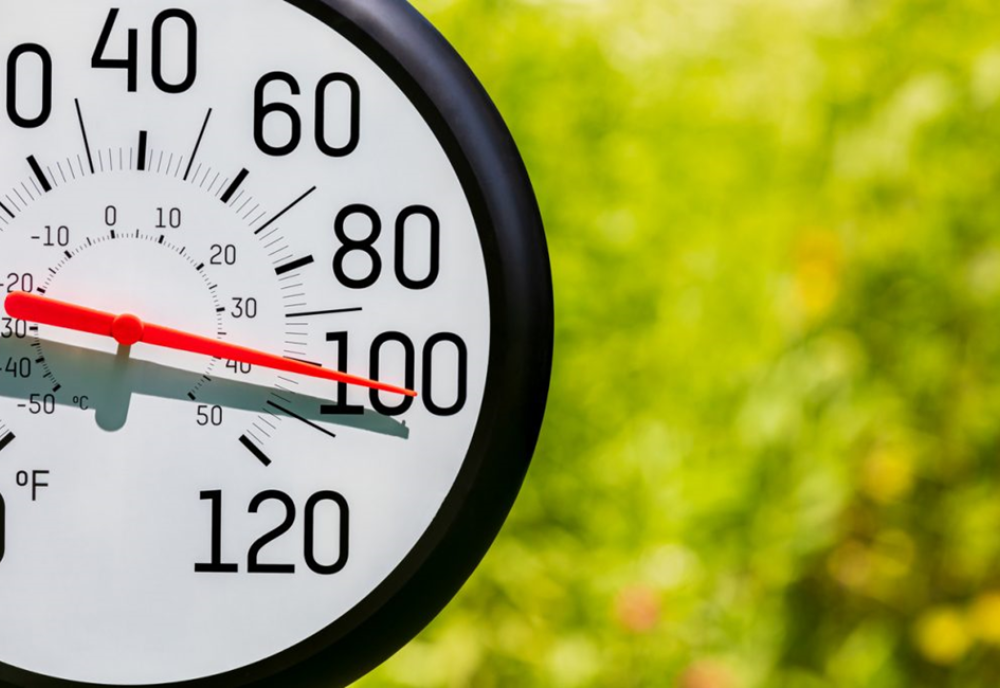What first comes to your mind when thinking about occupational heat hazards? Many will think about outdoor work in the summertime. The 2023 summer season has greeted us with extreme heat advisories, watches, and warnings. By late June, more than a third, or 36% of the U.S. population, was covered by one of these heat alerts on a single day! You don’t need to wait until June or be outside to consider heat when developing your job hazard analysis (JHA).
OSHA fatality reports from 2017 to 2022 show 118 heat-related occupational fatalities nationwide. Although July has the highest average, cases span from April to October, including indoor and outdoor workers totaling anywhere from nine (9) to thirty (30) heat-related workplace fatalities nationwide each year. The annual average in Florida is two (2) workplace fatalities per year, about eight and a half (8.5) percent of the heat-related workplace fatalities in the U.S. for the same timeframe. Florida is the only state with cases in both April and October.
You are right to think that outdoor workers fall in a high-risk category for heat hazard exposure. I encourage you to broaden your scope further. Many processes across all industries can expose employees to heat hazards indoors. Keep in mind that outdoor weather conditions can worsen indoor environmental heat. Do you have heat-generating equipment in a non-air-conditioned space? How about employees working in areas where there is limited ventilation? Perhaps workers who enter confined spaces?
What to consider when developing your JHA?
Develop your JHA considering indoor and outdoor workers and all potential heat sources. Continue identifying at-risk workers who perform tasks that require increased physical exertion, personal protective equipment, and heavy clothing that can trap heat. Consider special groups that are at higher risk for serious heat illness. Pregnant people, older adults, athletes, individuals with pre-existing heart conditions, those taking certain medications, history of previous heat illness, higher weights, and additional socio-economic factors have an increased risk of heat illness. Uncontrolled exposure to environmental heat can cause mild to severe health issues that can lead to death. Heat-related illnesses and deaths are preventable. Now that you have defined your at-risk workers identify effective controls for heat hazards and implement a Heat Illness Prevention Plan. A plan should always be tailored to the specific needs of your site.
At a minimum, your plan should address the following areas:
- Who will provide oversight daily?
- How will new workers gradually develop heat tolerance? Temporary workers may be more susceptible to heat and require closer supervision. Workers returning from extended leave (typically defined as more than two weeks) may also be at increased risk.
- How will the employer ensure that first aid is adequate and that the protocol for summoning medical assistance in situations beyond first aid is effective?
- What engineering controls and work practices will be used to reduce heat stress?
- How will heat stress be measured? How will we determine if the total heat stress is hazardous?
- How to respond when the National Weather Service issues a heat advisory or heat warning?
- What training will be provided to workers and supervisors?
Applicable standards
Heat-illness prevention continues to be an enforcement focus topic for OSHA. The rulemaking process is still underway for heat-related hazards; thus, the General Duty Clause, Section 5(a)(1) of the Occupational Safety and Health Act of 1970, is applied for citation purposes. In April 2022, OSHA implemented a National Emphasis Program for Outdoor and Indoor Heat-Related Hazards. This program provides guidance for OSHA inspectors to investigate any hazardous heat conditions:
- During ongoing inspections when cases are observed in the OSHA 300 logs or 301 Incident Reports, when an employee brings a heat-related hazard(s) to their attention, or during heat priority days. A heat priority day occurs when the heat index for the day is expected to be 80°F or more.
- When complaint, referral, or fatality/catastrophe reports regarding heat hazards are made to the agency.
- Form a list of targeted establishments likely to have heat-related hazards on days that the National Weather Service (NWS) has announced a heat warning or advisory for the local area.
How USF SafetyFlorida can help!
Keep your eye on the heat! Take action against preventable injuries and illnesses due to heat hazards. The USF SafetyFlorida Consultation Program provides your small business with free and confidential assistance in navigating this and other safety and health topics, performing program evaluations, and identifying needs for controls and corrective actions. If you would like more information, you can use the hyperlinks in this article and the list of references below.
References:
1. National Integrated Heat Health Information System. https://www.heat.gov/
2. OSHA Fatality reports, https://www.osha.gov/fatalities
3. Who Is Most At Risk To Extreme Heat? https://www.heat.gov/pages/who-is-at-risk-to-extreme-heat
4. Heat and Health Tracker, https://ephtracking.cdc.gov/Applications/heatTracker/
5. Workplace heat alert programs, https://www.cdc.gov/climateandhealth/docs/HeatResponsePlans_508.pdf
6. Heat Illness Prevention Campaign, https://www.osha.gov/heat
7. Safety and Health Topics: Heat, https://www.osha.gov/heat-exposure
8. USF SafetyFlorida Consultation Program, www.usfsafetyflorida.com
